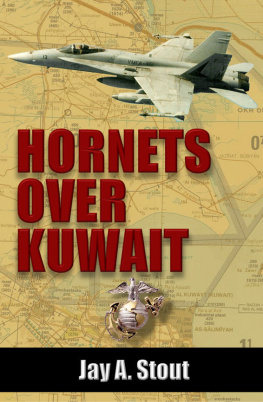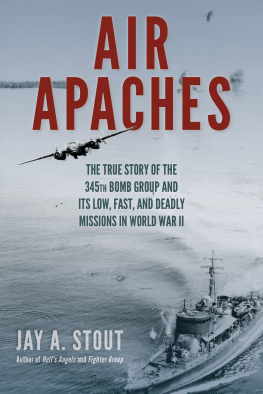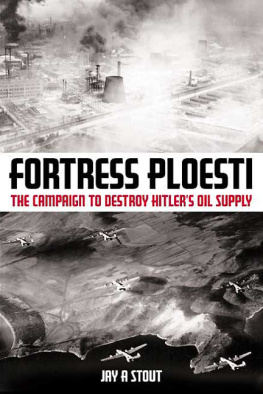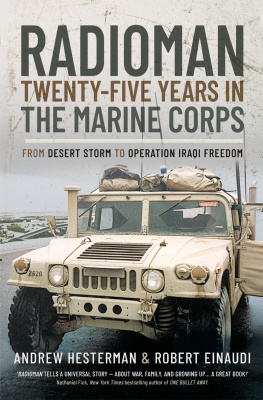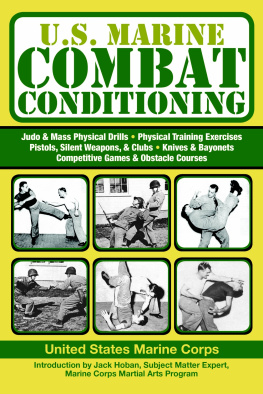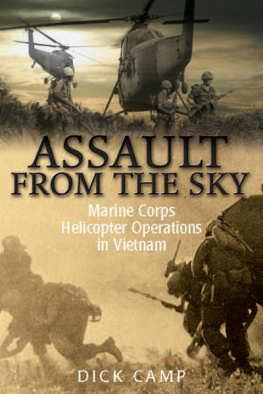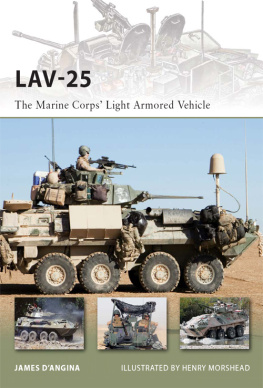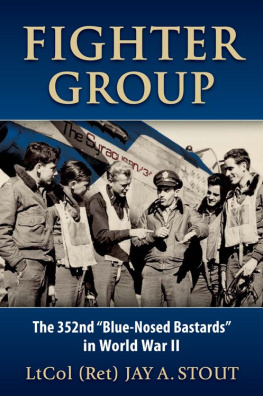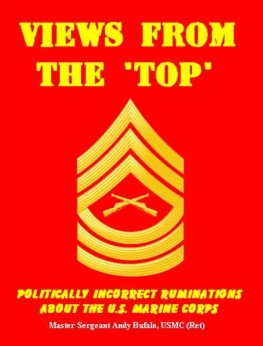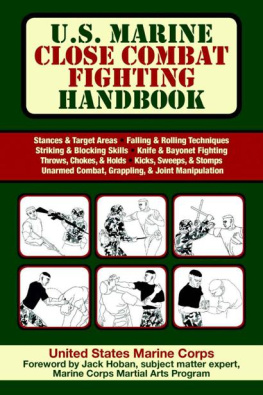Hornets over Kuwait
By
Jay A. Stout
Copyright: Jay A. Stout, 1997
This is a digital edition of the book originally published by the Naval Institute Press (ISBN-13: 978-1557508355)
Digital edition by GuinS Press, 2010, San Diego
Table of Contents
Twenty Years Later
It has been twenty years since the events I described in the original edition of this book. And it has been at least a dozen years since Ive looked at what I wrote. Since the Gulf War, Ive finished a full Marine Corps career, and have gotten fairly deep into a second profession as an analyst in the defense industry. Ive also written six more books. As I know that Ive improved and matured as a writer, Ive dreaded opening this bookafraid to discover how awful it might be.
But once the deed was done, I found myself smiling at much of what I wrote. And many memories and forgotten incidents were refreshed or brought back to me. Certainly, there are parts that could have been written much better; even dreadful passages that absolutely scream for rearrangement. Why the Naval Institute Press didnt edit these is a bit of a mystery. My guess is that they wanted to preserve the rawness as part of the books credibility. After all, at that time I was a fighter pilot and not a writer.
I also discovered much to my surprise that my basic outlook as a military maneven as a personhas not changed appreciably. The brash in-your-face-itosity of the book is typical of my perspectives and opinions even today. Absolutely, Ive grown more worldly and polished since that time but stupidity and absurdity still exist regardless of how I might have evolved. And stupidity and absurdity deserve to be called out and corrected.
Speaking of which, the abortion that is the AV-8B Harrier (but not the men who flew and serviced it) proved to be a disaster for the Marine Corps. I railed against it in this original book and carried my crusade into professional journals well after. It turns my stomach that the servicein its institutional idiocyis still pursuing a STOVL version of the F-35. No crystal ball is needed to know that it will be a failure that might well kill a Marine Corps fixed-wing community that has been struggling to stay viable for the last several years.
Likewise, the integration of more women into the Marine Corps has not made the service better. I know that there are women who are outstanding Marines; I served with a few. But their increased numbers and duties have not had a positive effect. They are slower, smaller, less healthy, more expensive and 40 to 70 percent weaker. As the primary caregivers for their familiesparticularly because many of them are single parentsthey also miss duty more often than their male counterparts in order to tend to their children. Further, the losses in efficiency and productivity caused by pregnancy, menses and other female-unique conditions are significant, long term and well-documented. And the impacts of sexual shenanigans up and down the chain of command are real and unavoidable.
My criticisms aside, I must state unequivocally that the individual Marines who make up todays Corps are as good as any the service has had. Regardless of its shortcomings and failings along the edges, at its core the service excels at creating good fighting Marines of integrity and responsibility. The nation is blessed that it has such an outstanding fighting organization.
But back to the book; aside from the odd comma here and there, Ive changed virtually nothing despite the editor in me that screamed to make wholesale rewrites. I feel that I must let the historical record stand, green writing and all. And ultimately, I believe that that is the true value of the book. It is a record of how the short, sharp conflict that was the Gulf War was fought from the air by the Marine Corps through the eyes of someone who was there.
Authors Note
This is not a story about heroic deeds in the face of daunting odds. There werent a whole lot of those in the Gulf War. Indeed, there were very few occasions that even called for the type of courage that characterized the battles of the world wars, Korea, and Vietnam. Though he possessed the means, the enemy did not possess the will or the determination to seriously challenge the threat arrayed against him. And so there was relatively little loss of life on our side. However, the pain and grief of those who did lose loved ones is neither forgotten nor belittled because of this.
Instead, this is my record of participation as a Marine Corps aviator, from just before the initial movement of coalition forces to a month or so after the cease-fire. It has been told without embellishment, just as events occurred, recorded while the events were still fresh in my mind. Where memory failed, or details became blurred, I referred to a journal I kept through the entire period. Rather than dwell on grand strategy (something I had only a general knowledge of thenand even now), I have concentrated on the individual pilots point of view. How I got there, what I ate, what the missions were really like . Because the experiences related are typical for Marine Hornet pilots involved in the conflict, perhaps this book will not only be useful as a historical document but also make interesting reading.
Additionally, I want to highlight Marine aviations part in the war. Many people have no idea that the Marine Corps even flies jets. Yet during the conflict, except for the U.S. Air Force (which was executing its primary mission, its reason for being), the Marines flew more strike missions than any other serviceindeed, any other nation!
Finally, I am still on active duty in the U.S. Marine Corps as I write this, as are many of the people mentioned. Overwhelmingly, the people I have known and worked with have been among the finest this nation produces. It is a fact of life however, that every organization, whether it builds cars, sells insurance, or makes war, has in its ranks people who are best described as boobs, or goofs. Ive tried to make life a little less hard for the boobs by not using their names. The goofs too. I must also remind the reader that many of my views are a matter of opinion. The way I describe events or people (true as that description might be) may differ from the manner in which others might describe them.
Chapter 1: First MissionSouthern Iraq
Fumbling anxiously around the cockpit, trying to figure out what, if anything, should be done next, I swallowed and suddenly became firsthand familiar with the phrase. The Taste of Fear . All at once acid, bitter, metallic, and distracting. And it was being caused by nothing more mysterious or complex than an upset stomach. Stomach bile. From a very nervous, bordering on terrified, stomach. My stomach.
Now I knew. Some variation or twist of the phrase had been in use from the time of Hercules all the way up to todays techno-adventures. The secret was mine. I knew what they had been talking about because it was happening right that very moment to someone no more gallant than a very frightened Yours Truly. The Taste of Fear, indeed. It was nothing that couldnt be remedied by a trip to Grandmas medicine cabinet. Here, have an Alka-Seltzer, Mr. Indiana Jones.
At any rate, I felt my digestive system had plenty to be nervous about. Right along with the rest of systems: respiratory, circulatory, and reproductive. It was night. Dark. And despite what all the glossy aviation editions in the bookstores say, it doesnt matter whether youre in an F/A-18 Hornet with all the latest in advanced targeting systems or a Cessna with a flashlight. When you look out the window, you cant see anything. And what you cant see can get you. And if it doesnt want to get you, then you can run into it. Simply put, my way of thinking was, and still is, theres no sense flying at night because you cant see anything. It was hard enough when there was no one shooting at you, and my nervous stomach knew that there was indeed someone shooting at me. Lots of someones.
Next page
